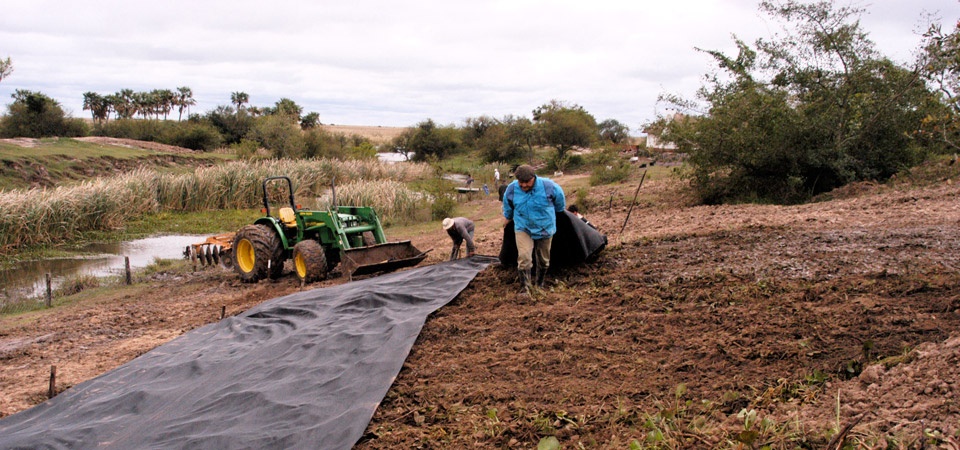Since the catastrophic forest fires that devastated Chile in 2016-2017, the government and civil society organizations have discussed strategies to prevent, mitigate and adapt to future land degradation in the country. Landscape restoration has emerged as a potential way to increase ecological, economic and social benefits for local populations. Restoring degraded land recovers key ecosystem services and maintain them in the long term.
In the face of current degradation and environmental challenges, reforestation alone will not be enough to recover the functionality of key landscapes. Chile is focusing its efforts on a combination of techniques to restore soil, water and biodiversity as key elements in the landscape. The country also plans to use interventions that restore native species habitats by eradicating invasive fauna and facilitating the recovery of native vegetation.
Recognizing the opportunity that restoration presents, Chile has pledged to restore 500,000 ha of degraded land, encompassing 400,000 ha of agricultural landscapes and 100,000 ha of degraded native forests, as part of Initiative 20x20 and the Bonn Challenge. To support this effort, the Ministry of Environment and the Ministry of Agriculture organized a workshop that convened different stakeholders from around the country. They discussed the opportunities and challenges that restoration presents and committed to designing and constructing a National Restoration Plan. The plan is expected to be completed next year and will provide clear strategies to implement restoration in target landscapes.
This is adapted from an article published in a leading Chilean daily newspaper, El Mercurio.
